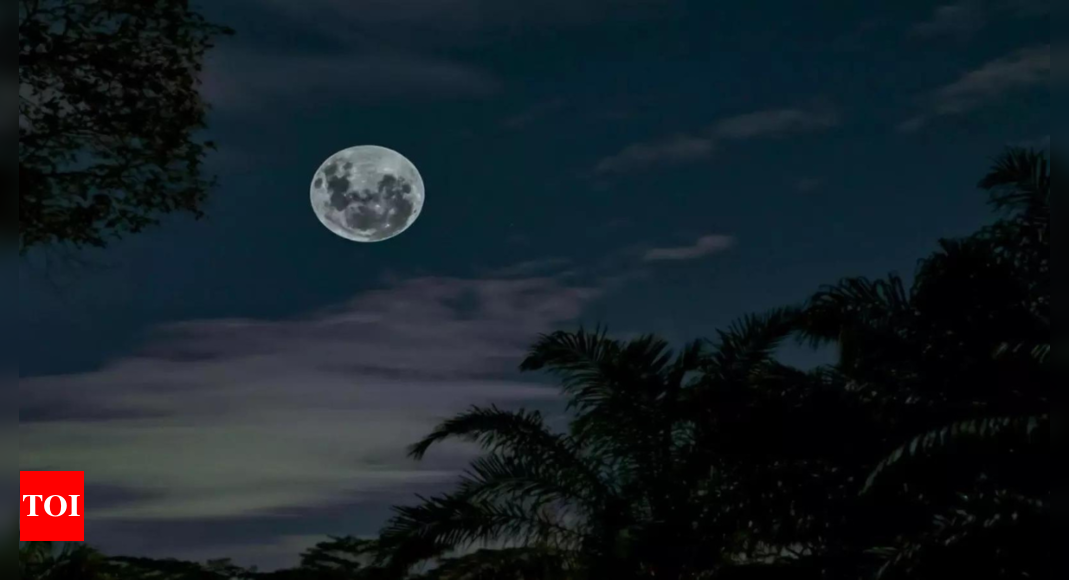
According to the Farmers’ Almanac, this full Moon is also referred to as the Thunder Moon or the Hay Moon.This Moon will appear average in size compared to the micromoons and Supermoons seen throughout the year.
“The first moon landing was in the afternoon on (July 20, 1969), and then they did the moonwalk that night,” Noah Petro, chief of Nasa’s Planetary Geology, Geophysics and Geochemistry Laboratory said. “There’s no better way to celebrate that than by going outside and looking at the full moon and toasting Neil (Armstrong), Buzz (Aldrin), and Michael Collins, and all the people who helped make Apollo 11 a reality 55 years ago.”
Clear skies will allow the Moon to become visible in the southeast sky during the early evening, according to astronomers. Additionally, Nasa suggests looking out for Mars, Jupiter, Saturn, and Uranus, although binoculars or a telescope might be necessary to see all the planets clearly.
Although the Buck Moon will reach its fullest phase on Sunday morning, it will appear nearly full until Tuesday morning.
In August, the Moon will appear brighter and larger due to its status as a Supermoon. Supermoons occur a few times a year when the Moon reaches perigee, its closest point to Earth, which will be less than 230,000 miles away. This increased proximity causes higher-than-normal tides, often called King Tides, which can result in coastal flooding.
The peak of the Buck Moon coincides with the 55th anniversary of the Apollo 11 mission, when astronauts Neil Armstrong and Buzz Aldrin became the first humans to walk on the Moon on July 20, 1969. They left several mementos on the lunar surface, including an American flag, still standing near the landing site in the Sea of Tranquility.
Another Moon, named the Sturgeon Moon, will peak on August 19, followed by four more full Moons through December.
How to view the full Moon
Depending on the local weather conditions the full Moon will be visible to those in both the Northern and Southern hemispheres, Petro said. For optimal moon gazing, he recommends finding a spot with a clear view of the sky, away from tall buildings and trees. Even in cities with significant light pollution, the Moon will be visible in a clear night sky.
No equipment is needed to view a full Moon, but a telescope or pair of binoculars could enhance its features—the dark areas observable on the Moon are “vast volcanic lava flows that are billions of years old,” Petro said.
“Even with the naked eye … you can start seeing the history of the Moon in front of you. And that’s one of the reasons why I love studying the Moon—is that it’s laid bare for folks to see,” he added. “On a beautiful full Moon clear night, you can see differences in color, you can see differences on the surface that all go back to the history of the Moon.”
To the average observer, the Buck Moon will look like almost every other full Moon, Petro said. But each full Moon varies month to month due to its slightly shifting orientation, known as libration, and the changing distance from Earth in its elliptical orbit. To observe the different perspectives, Petro recommends taking a photo of each lunar event as it occurs and then comparing it with the next one.









